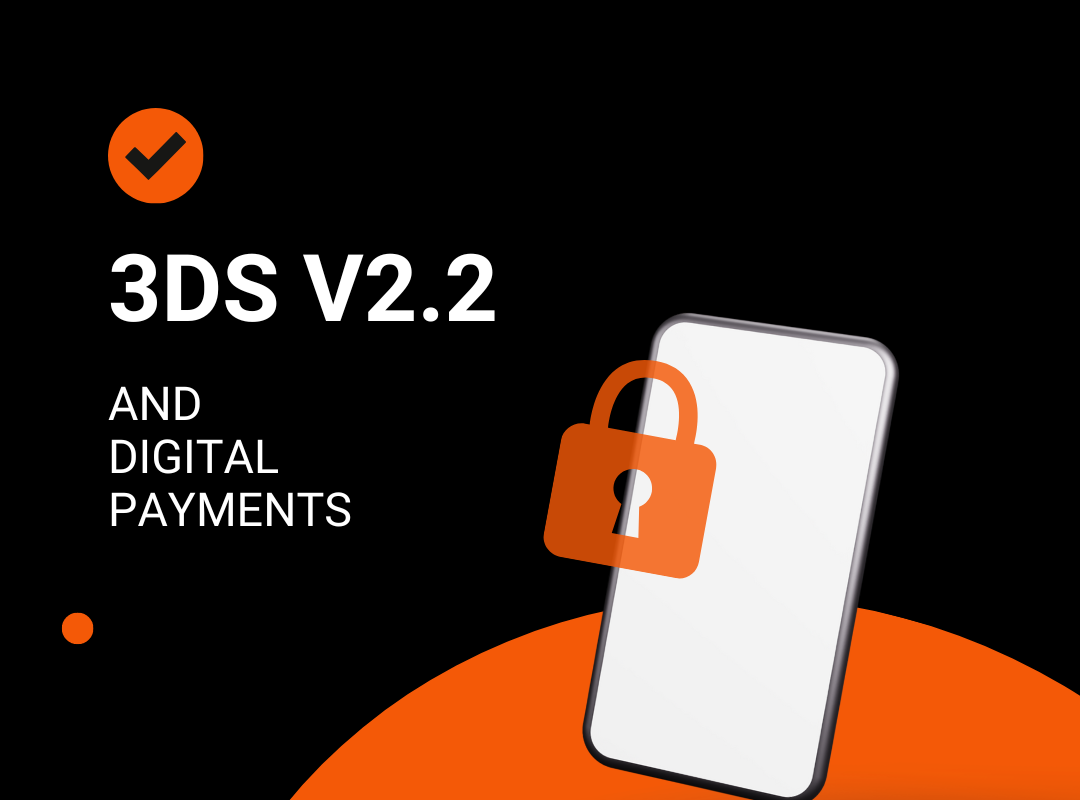3DS V2.2 and digital Payments
The Indian fintech landscape has undergone a massive transformation thanks to digital acceleration.
The pandemic and ever-evolving innovative technology have made digital payments reach all-time high records. And seamlessly eased their way into our day-to-day life.
But as the number of online sales increased, so are the counts of fraud.
Taking action against online transaction fraud became the priority of merchants in order to retain their customer base and revenue.
Government and card schemes were keen to introduce security measures quickly and one such measure is 3DS technology.
This fraud prevention method is an authentication protocol that adds an extra layer of security for online transactions.
With the aim to reduce fraud, and enhance security. Also, to help merchants and issuing banks authenticate cardholders’ identities, the protocol was first introduced in 1999.
Operating in three domains viz. acquirer, issuer, and interoperability domain, 3DS added friction to the shopper checkout experience and decreased cart abandonment rates.
Simply put, the 3DS procedure works as follows: After making an online purchase, a cardholder is routed to their bank’s website where they must finalize the transaction by entering a password or an OTP (as an extra security layer).
The process helps merchants from fraud and makes online transactions even more secure.
Earlier versions of 3DS though were proven effective against the fraud, the ‘not so good’ user experience set it on a backfoot.
The next generation addressed this pain point and 3DS V2 enabled frictionless flow through enhanced risk-based authentication.
3DS2 enables the use of dynamic authentication through biometrics and token-based authentication. That enables frictionless authentication to approve a transaction without requiring any manual input from the cardholder.
Thus offering a more seamless checkout process. Additionally, 3DSV2 recognizes gentle declines, reducing the likelihood of denied transactions and the likelihood that the client will abandon their cart.
Not only does 3DSV2 enable merchants to send 10 times more data to issuers with each transaction, but compared to 3DSV1 it also offers optimized and frictionless transaction flow.
The older version highly relied on the static password. But as the passwords are often forgotten, it often led to cart abandonment.
3DSV2 replaced the static passwords with customer-friendly OTPs optimized for both mobiles and browsers.
This extra security layer enables merchants to accept card transactions from legitimate users only!
The cardholder’s PIN or OTP would never be accessible to the fraudster, even though the cardholder’s card information might be used unlawfully.
And soon, ever-more user-friendly and reliable biometric authentication will replace the OTP.
For merchants upgraded version comes with the changed rules of liability, the biggest benefit to the merchant.
If a merchant tries to authenticate a transaction, and the issuer does not take part in either 3DS1 or 3DS2 programs, then the liability still shifts to the issuer, offering even more benefits for merchants.
MasterCard has announced the roadmap for the latest version. 3DS V2.2 for Europe and issuers and acquirers are required to support, implement and use this version of 3DS.
Needless to say, 3DS V2.2 will take over all of its predecessors with its advanced technology to improve frictionless authentication, UX, UI, and other objectives.
Though 3DS technology is unquestionably a game-changer for the digital payment industry. The new era that 3DSV2.2 bought will definitely reshape card payment acceptance!
Lyra’s MPI, now compatible with 3DS V2.2
Lyra MPI eliminates the pain point of redirecting, improving the user experience for out-of-bound transactions.
It offers compliant authentication methods and enables issuers to fully meet the requirements of the Payment Service Directive 2 (PSD2), Strong Customer Authentication (SCA), and Regulatory Technical Standards (RTS).
Lyra’s in-house developed MPI platform facilitates 3DS verification and enables e-commerce merchants to prevent credit card frauds.
In India, most banks and fintech support the 3DS1 protocol. However, more financial institutions are already implementing the 3DS2 protocol.
The 3DS2 protocol, which uses cutting-edge technology to improve frictionless authentication, UX, UI, and other purposes, will shortly replace the 3DS1 protocol.
MasterCard has announced the roadmap for the latest version, 3DS V2.2.
From October 14th, 2022, issuers and acquirers in Europe must properly support, implement, and use this version of 3DS.
The “AN 5762 Revised Standards for Europe Region EMV 3DS 2.2 Roadmap for Remote Electronic Transactions” published the V2.2 roadmap.
India will shortly declare it as well.
Lyra’s 3DS solutions
Lyra’s Merchant Plug-in services are already 3-DS V2.2 compliant.
The latest version of the Lyra merchant plug-in (MPI) platform will help e-commerce merchants prevent credit card fraud and boost the Digital India campaign.
The platform operates on its own MPI to facilitate 3D-secure verification.
Being the first of the many to offer the latest in security authentication with 3DS 2.2.
Lyra will be able to help merchants with frictionless authentication and secure transactions.



